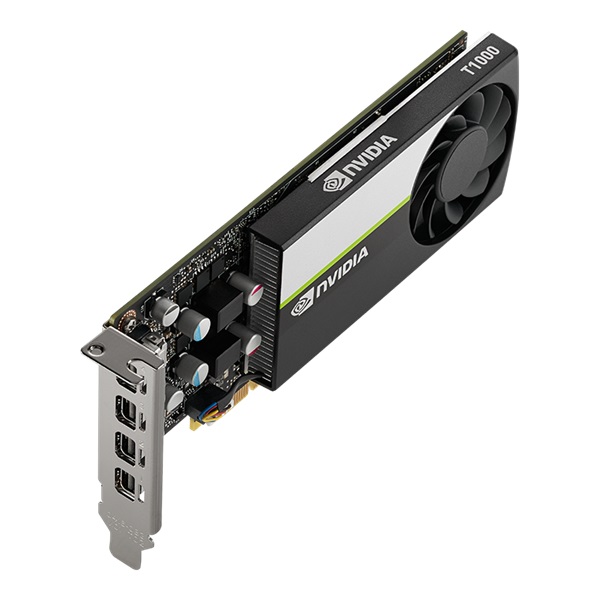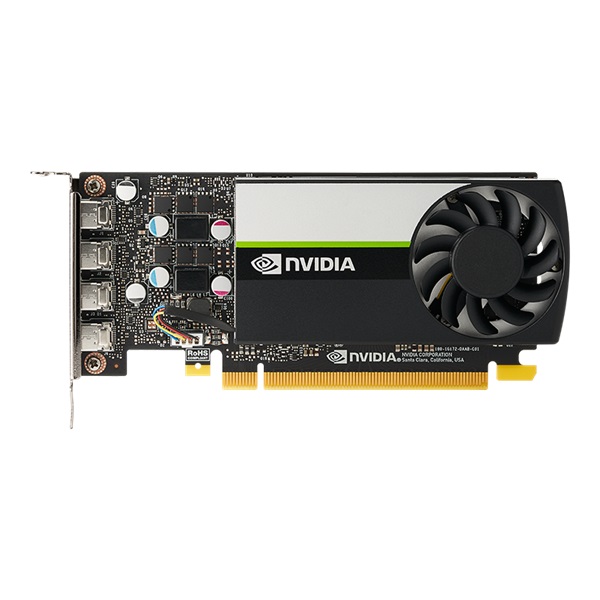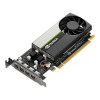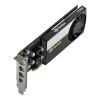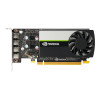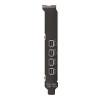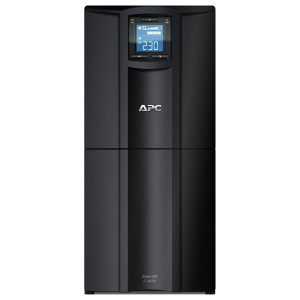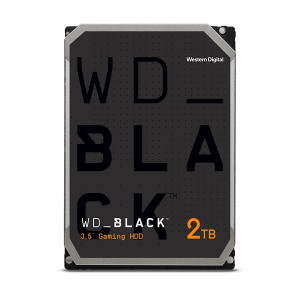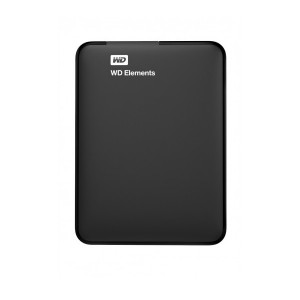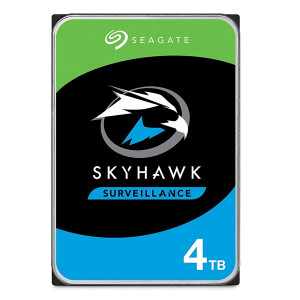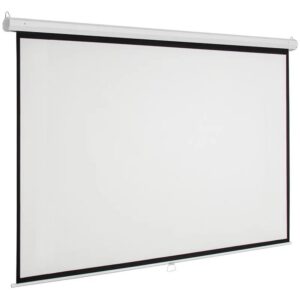PNY Quadro
Full Performance in a Small Form Factor Solution
NVIDIA GPUs power the world’s most advanced desktop workstations, providing the visual computing power required by millions of professionals as part of their daily workflow. All phases of the professional workflow, from creating, editing, and viewing 2D and 3D models and video, to working with multiple applications across several displays, benefit from the power that only a discreet GPU solution can provide. NVIDIA entry level professional GPUs provide advanced features and performance far beyond what is available with integrated GPU solutions – all in a low-profile package, enabling deployment in a wide range of small form factor workstations. Step up to the power of an NVIDIA discreet professional GPU.
The NVIDIA Turing architecture provides significant performance improvements with NVIDIA T1000, resulting in more than 50% graphics performance, compared to the previous generation P1000. Ultra-fast GDDR6 graphics memory technology provides twice the memory bandwidth of the previous generation.
| Brand Name |
PNY
|
| GFX Series |
Quadro, T1000
|
| Vram Memory |
4 GB
|
| UDA Cores |
896 |
| GPU Memory |
4 GB GDDR6 |
| Peak FP32 Performance |
2.50 TFLOPS |
| Memory Interface |
128-bit |
| Memory Bandwidth |
160 GB/s |
| Max Power Consumption |
50 W |
| System Interface |
PCI Express 3.0 x16 |
| Display Connectors |
4x mDP |
| Max Digital Resolution |
7680 x 4320 at 60 Hz |
| Max Displays |
4x at 5K | 5120 x 2880 at 60 Hz |
| HDR Support |
Yes |
| Quad Buffered Stereo |
Yes |
| NVENC | NVDEC |
2x H.264 and HVEC Encoders
1x Decode Engine |
| Form Factor |
Low-Profile Single Slot |
| Thermal Solution |
Active Fansink |
- Scalable geometry architecture
- Hardware tessellation engine
- NVIDIA GigaThread engine with 3 async copy engines
- Shader Model 5.1 (OpenGL 4.5 and DirectX 12)
- Up to 32K x 32K texture and render processing
- Transparent multisampling and super sampling
- 16x angle independent anisotropic filtering
32-bit per-component floating point texture filtering and blending
- 64x full scene antialiasing (FSAA)
- Decode acceleration for MPEG-2, MPEG-4 Part 2 Advanced Simple Profile, H.264, HEVC, MVC, VC1, DivX (version 3.11 and later), and Flash (10.1 and later)
- Dedicated H.264 and HEVC Encoder
- Blu-ray dual-stream hardware acceleration (supporting HD picture-in-picture playback)
- NVIDIA GPU Boost (automatically improves GPU engine throughput to maximize application performance)
NVIDIA CUDA PARALLEL PROCESSING ARCHITECTURE
- SMM architecture (NVIDIA Turing streaming multi-processor design that delivers greater processing and efficiency)
- Dynamic Parallelism (GPU dynamically spawns new threads without going back to the CPU)
- API support includes: CUDA C, CUDA C++, DirectCompute 5.0, OpenCL, Java, Python, and Fortran
- 96 KB of RAM (dedicated shared memory per SM)
Advanced Display Features
- Support for any combination of four connected displays
- Four DisplayPort 1.4 outputs (supporting resolutions such as 3840 x 2160 at 120 Hz and 5120 x 2880 at 60 Hz)
- HDR support over DisplayPort 1.4 (SMPTE 2084/2086, BT. 2020) (4K at 60 Hz 10b/12b HEVC Decode, 4K at 60 Hz 10b HEVC Encode)
- HDCP 2.2 support over DisplayPort, DVI, and HDMI adapters
- 12-bit internal display pipeline (hardware support for 12-bit scanout on supported panels, applications, and connection)
- Full OpenGL quad buffered stereo support
- Underscan/overscan compensation and hardware scaling
- NVIDIA RTX Desktop Manager
- Support for Nvidia Mosaic
DisplayPort and HDMI Digital Audio
- Support for the following audio modes: Dolby Digital (AC3), DTS 5.1, Multi-channel (7.1) LPCM, Dolby Digital Plus (DD+), and MPEG-2/MPEG-4 AAC
- Data rates of 44.1 KHz, 48 KHz, 88.2 KHz, 96 KHz, 176 KHz, and 192 KHz
- Word sizes of 16-bit, 20-bit, and 24-bit
- The mini-DisplayPort connectors are designed with a custom retention mechanism to firmly secure its connection with the display cable.
SUPPORTED PLATFORMS
- Microsoft Windows 10 (64-bit)
- Red Hat Enterprise Linux 7.x
- SUSE Linux Enterprise Desktop 15.x
- OpenSuse 15
- Fedora 31
- Ubuntu 18.04
- FreeBSD 11.x
- Solaris 11
Minimum System Requirements
- Intel Core i5, i7, i9, or Xeon processor or later
- AMD Ryzen or Epyc class processor or later
- PCI Express 4.0 x16 (preferred) expansion slot
- System memory greater than or equal to GPU memory, twice the GPU memory recommendedInternet connection for driver installation
- DisplayPort 1.4a (preferred), HDMI, or DVI compatible display(s)



